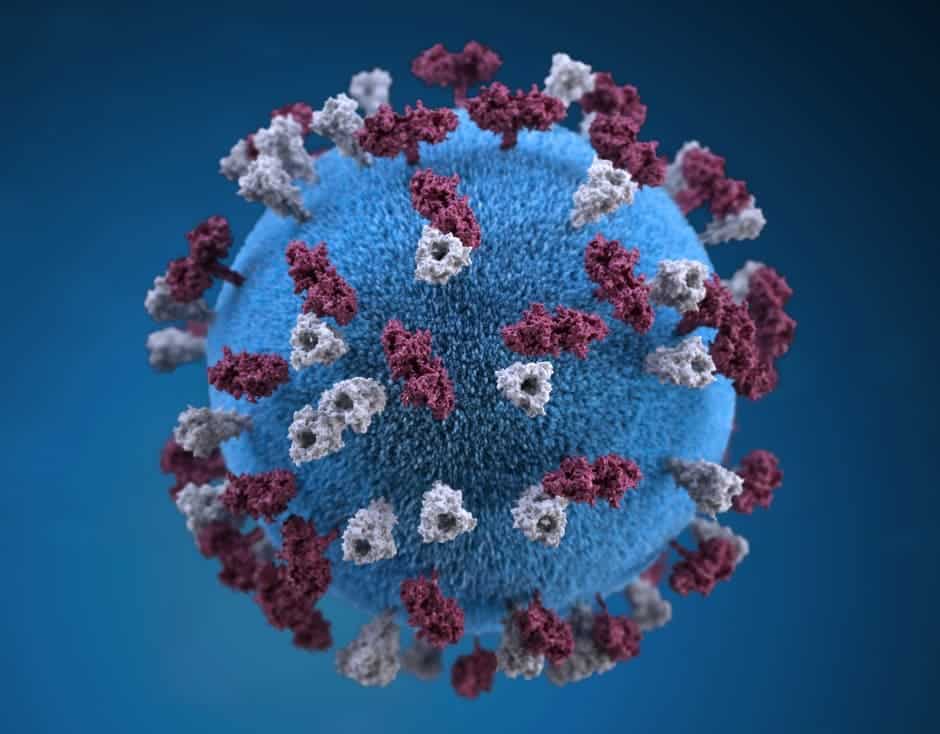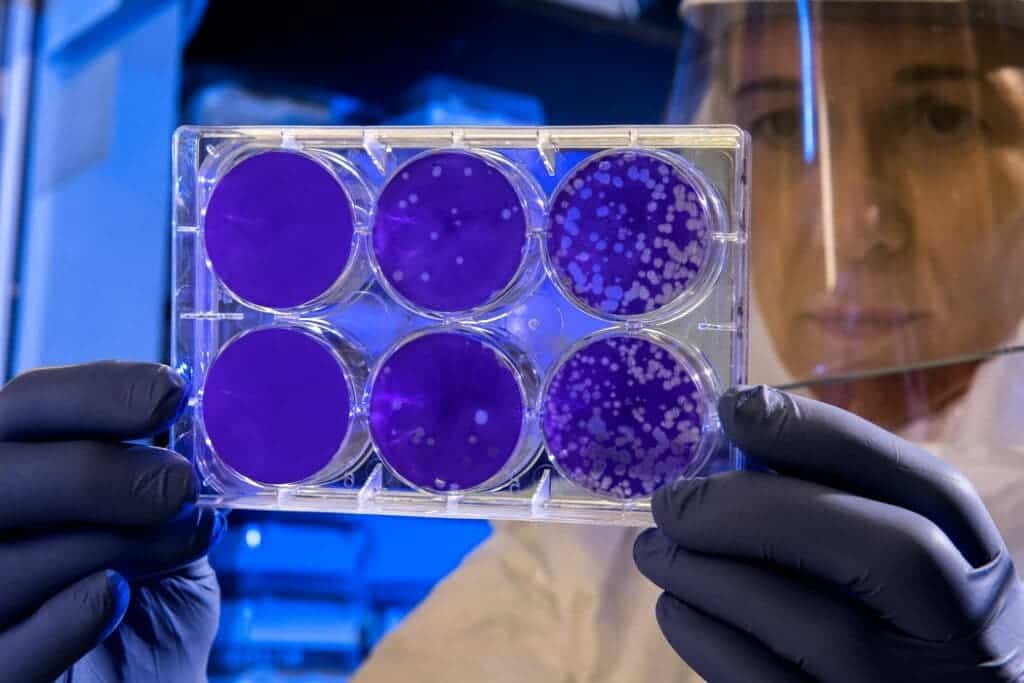It’s one of the biggest questions about COVID-19, and it’s still far from being answered completely, but a new study has some good news.

A glimmer of hope
The new study carried out antibody testing in 1,343 people who had been diagnosed with COVID-19 between late March and early April in and around New York City. The average age of the participants was 40 years (ranging from 17 to 76), and the male-female split was 53-47%.
All but three of them had developed specific antibodies against SARS-CoV-2, the virus that causes COVID-19.
This is encouraging because it suggests that with some exceptions, people seem to generally develop antibodies after being infected with the virus.
There was a suspicion that only some people (those severely ill, or with healthy immune systems) might make antibodies. Instead, the study found, the level of antibody did not seem to differ by age, sex, or symptom severity. The antibody level did vary, but not according to any clear variable.
Contrary to popular belief though, developing antibodies is not always the same as having immunity — or at least, this hasn’t been proven in the case of SARS-CoV-2.
However, previous research (involving some of the same researchers as in this study) has shown a correlation between antibody levels and the body’s ability to disarm the virus. In addition, based on what we know from other pathogens, higher levels of antibodies makes it more likely that the body can fend off the virus with ease, at least for a period. But generalizing based on what we know from other pathogens — even other coronaviruses — is risky here.
When it comes to common colds caused by coronaviruses, the body doesn’t mount a major defense because the infection is relatively mild. Some COVID-19 infections are also mild, and it’s not clear if the body puts on a full defense in these cases. For now, it seems that any SARS-CoV-2 antibodies help protect the body, but to what extent this guarantees immunity is still a work in progress.
In addition, not all antibodies are protective. Some can make the illness worse, contributing to inflammation and driving the body to overreact — and this overreaction can, in some cases, be worse than the disease itself.
This is why researchers are still careful when it comes to drawing conclusions about what the detected antibody levels actually mean. It’s encouraging news, but it’s hard to say how encouraging.
Lingering uncertainty

Previous concerning reports suggested that a startling number of patients can become reinfected immediately after being cured, but that hypothesis seems unlikely at this point. Instead, it seems that reactivation is to blame — essentially, little bits of the virus are left behind in the body, and these can become reactivated. Another possibility is that the tests are imperfect and still detect inactive pieces of virus, essentially triggering a false positive.
Another unclear question is how long these antibodies last in the human body. In the case of the flu, it was once believed that antibodies last around a year, but more recent research has suggested that the actual period is closer to a few months. However, influenza viruses mutate faster than SARS-CoV-2, and this quick rate of mutation might be responsible for the short-lived antibodies. This would suggest that SARS-CoV-2 immunity could last longer, but again, there are few guarantees.
Unfortunately, if we want to figure out how long this immunity lasts, there’s no solution other than waiting and seeing. Several of these monitoring studies are already in place, but there’s no alternative to testing over a longer period of time and seeing whether or not antibodies are still detectable as time passes. It should also be noted that even if antibody levels fall below the detectable level, there may still be some level of protection granted.
Lastly, antibody tests are themselves fraught with uncertainty. Most antibody tests have a significant rate of false positives, though in the new study, researchers claim that the antibody test is very precise.
The antibody test used here was developed by Florian Krammer, a virologist at the Icahn School of Medicine at Mount Sinai, and has a less than 1 percent chance of producing false-positives.
It should be said that the study has not yet been peer-reviewed and has been published on the pre-print platform medRxiv. For now, it seems to be encouraging news, but we’ll have to wait for the experts to have their say.
There are many unknowns left about the virus but study by study, the pieces are slowly starting to fall into place. Understanding the disease, however, is only part of the battle — beating it is something very different.


